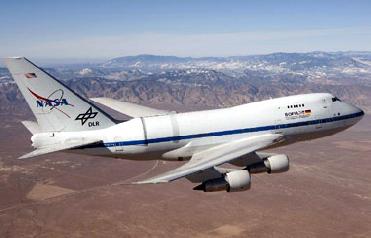
NASA's Stratospheric Observatory for Infrared Astronomy 747SP flies over California's Mojave Desert during a functional check flight Dec. 9, 2009. The flight evaluated the aircraft's performance, handling characteristics and flight systems. NASA photo
PALMDALE, US (AP): A NASA Boeing 747 carrying a huge German-made infrared telescope is on the verge of scanning the skies for the first time after years of development.
Project officials on Tuesday showed off the world's largest airborne observatory in a NASA hangar in Southern California's high desert, where it has been undergoing flight testing.
The 18,100-kilogramme telescope assembly is mounted in the rear of the former Pan Am jetliner. In flight, a huge hatch opens to allow the 249-centimetre-diameter telescope to see its celestial targets.
The Stratospheric Observatory for Infrared Astronomy (SOFIA) is expected to capture its first infrared images in flight in six to eight weeks. Initial targets will be planets, for calibration purposes.
Project officials describe it as a "near-Hubble-class" observatory, referring to the orbiting Hubble Space Telescope, which has returned astonishing images of the universe since its launch 20 years ago.
SOFIA is also expected to last for at least 20 years, drawing scientists to Palmdale for long-duration, high-altitude flights.
"They'll be working on unlocking the secrets about the universe and our own solar system," said Bob Meyer, SOFIA program director for NASA's Dryden Aircraft Operations Facility and Ames Research Centre at Moffett Field, California.
NASA's partner is the German Aerospace Centre, known by the initials DLR, which will receive about 20 per cent of observing time.
German participants and media were unable to attend Tuesday’s event because flights were cancelled due to the ash cloud from the Iceland volcano, said telescope engineer Thomas Keilig.
SOFIA is a leap in scale for airborne astronomy. In the 1960s, planetary scientist Gerard Kuiper initiated the concept by pointing a 12-inch telescope out a window of an airliner, and others followed. From the 1970s to mid-1990s, NASA flew a 91-centimetre telescope in a former military cargo plane.
SOFIA will look for objects that emit radiation in infrared wavelengths, which are not visible to the human eye.
Infrared telescopes can also see through the huge clouds of dust in the universe that block visible light.
 Previous Article
Previous Article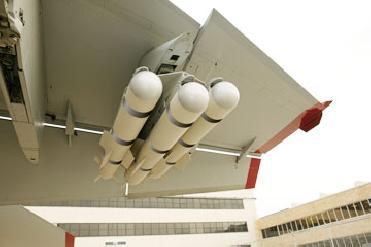 Next Article
Next Article

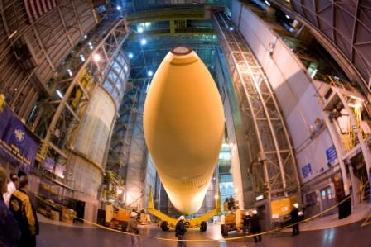
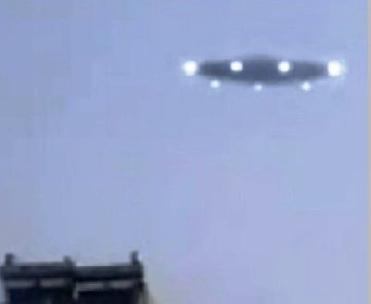
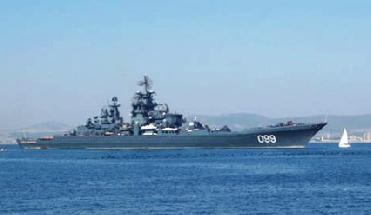









The Indian Air Force, in its flight trials evaluation report submitted before the Defence Ministry l..
view articleAn insight into the Medium Multi-Role Combat Aircraft competition...
view articleSky enthusiasts can now spot the International Space Station (ISS) commanded by Indian-American astr..
view article